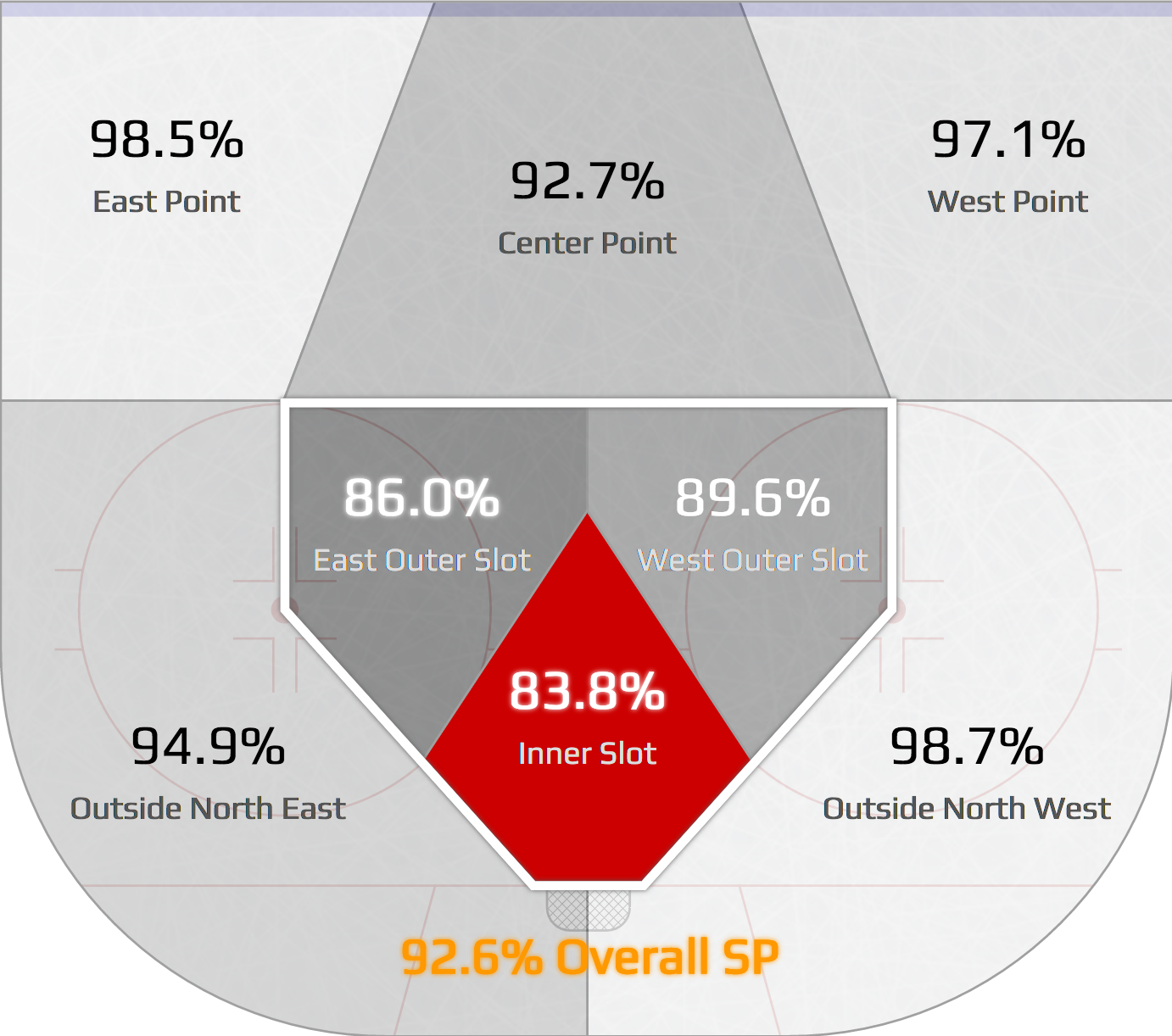Ever since the New York Rangers got blitzed by the Pittsburgh Penguins in last season’s playoffs, a lot of ink has been spilled on how Henrik Lundqvist might be in decline. The fact of the matter is that at 34 years old, he probably is. However, and this is a big however, there’s a very huge difference between a player being outside of their prime years, and a player being bad.
Lundqvist hasn’t hit his high points in terms of overall save percentage since the lockout-shortened 2012-13 season, floating between .920 and .922 ever since, despite the NHL’s average save percentage rising from .912 to .915 over that time. That would suggest Lundqvist has dropped from his peak performance of close to .930 over a two-season period – and in the process, going from .028 over league average down to just .005 over average now. He’s obviously still good, but perhaps not elite?
The problem is that over this same period, the New York Rangers have seen their blue line take hit after hit, with cumulative injuries and age turning Dan Girardi and Marc Staal from competent defenders to liabilities, and losing a great defender in Anton Stralman to free agency. Thanks to the off-season goaltender rankings from Sportsnet, we know those changes to their defensive corps have led to Lundqvist facing the highest shot quality of any starting goaltender in the NHL the past three seasons.
That rise in shot quality means that the Rangers’ expected save percentage is lower than league average, so Lundqvist’s supposed drop in efficiency isn’t nearly as large as it appears.
Lundqvist may be in decline from his absolute peak, but Roberto Luongo has arguably been in decline since about 2010, and he remains a stellar starting goaltender at 37 years old.
Looking at even strength save percentage takes out a lot of the noise in small sample sizes of games, and we can break down Lundqvist’s efficiency by zone as well.

Surprisingly, Lundqvist’s save percentage in the inner slot, which is where nearly half of all NHL goals are scored from, is higher than last season, when he was stopping just 79.9 per cent of shots. The problems for him so far in this early season have been in the two outer slot areas, where he is about on par with league average, and the center point, which would suggest the Rangers are allowing a fair number of screened shots through.
It’s important to note that these numbers can fluctuate wildly for goaltenders, but the most consistent area inside a single season is that inner slot number. If a goaltender is stopping those high danger chances at a decent rate, you can bet that his overall save percentage will trend positively. Lundqvist is currently .066 over league average there, which would suggest he remains an elite level goaltender.
Of course, a lot of these questions surrounding Lundqvist came about due to Rangers head coach Alain Vigneault deciding to ride the hot hand of Antti Raanta for four straight starts.
Despite having a small sample size for a career, Raanta isn’t a goaltender who should be written off as your average backup. Over the past three seasons of his career, essentially only cutting out his rookie year in Chicago, he is a .922 goaltender. His save percentage so far this season is spectacular, but how does it compare to Lundqvist at even strength by zone?

In all the perimeter areas, Raanta has been superior to Lundqvist so far this season, and even from the outer slot, he’s a little bit better than Lundqvist has been. Moving even closer though, Lundqvist is still ahead of Raanta on the highest danger shots, despite an extreme hot streak from the latter.
Lundqvist isn’t as far ahead of Raanta as you would expect most starters to be over their backups, so you can see why Vigneault may have been tempted to run with Raanta for a while, but an important layer of context here is how experienced each goaltender is.
This level of great play is something we’ve seen in short spurts from Raanta before, but it’s unlikely to be his norm. Lundqvist however, faced more shots last season (1944) than Raanta has faced in his four-season NHL career (1851). We know exactly how great Lundqvist is and that he can sustain that level over the long-run.
It should take a lot more than short-term poor play from Lundqvist, or great play from his backup, for someone to question his hold on the starter position. Give this situation 20 more games, and you’re likely to see everything settle right down to normal.






